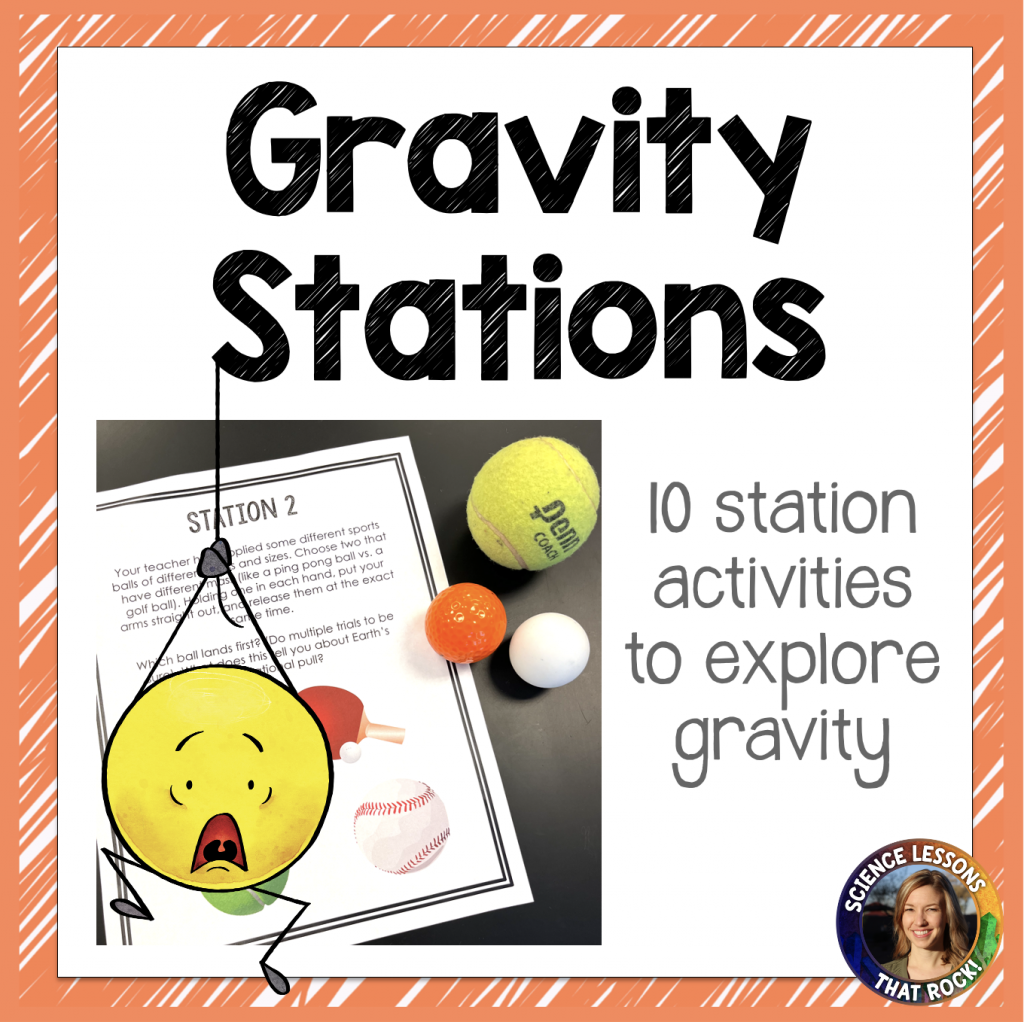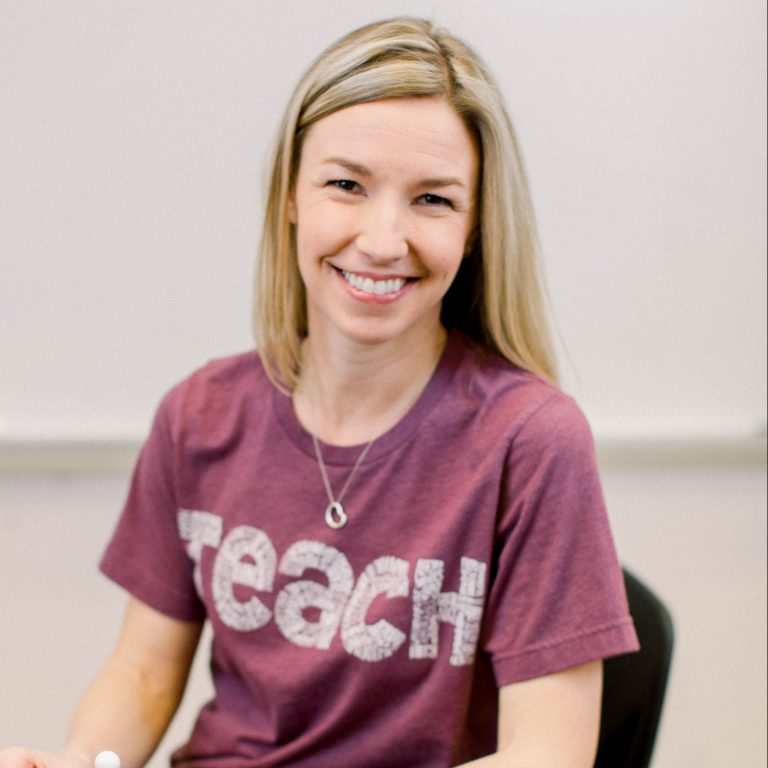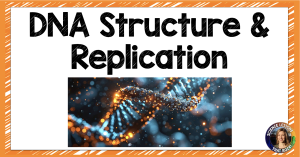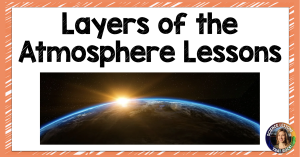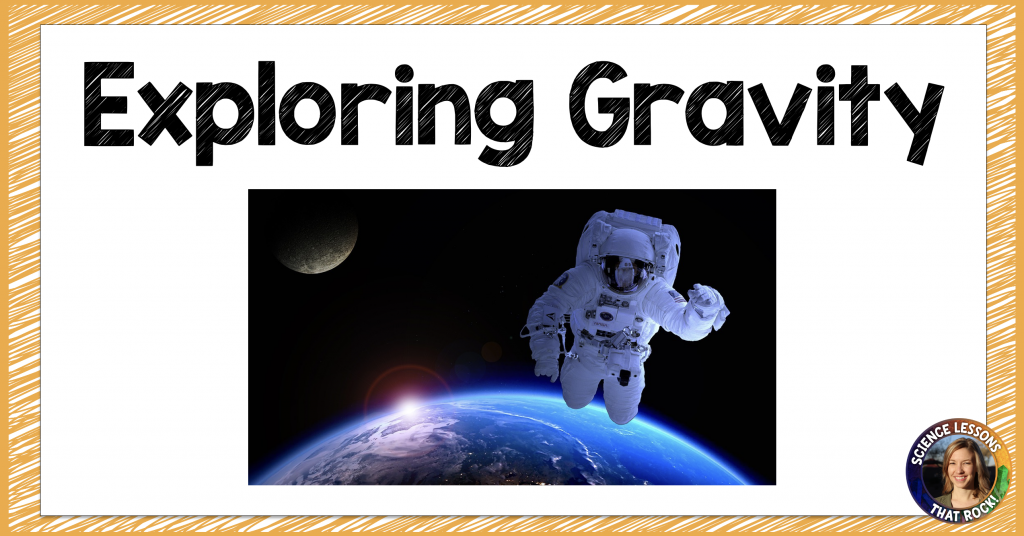
Gravity is such a fun topic to talk about with students. We experience it every day, and it impacts every aspect of our lives. It’s something we take for granted, and don’t think twice about. Let’s change that!
I like discussing gravity at the beginning of my astronomy unit. We don’t dive into the causes of gravity and space-time, but we discuss what impacts gravitational force (distance and mass) and do some fun experiments for them to explore it in more depth. Then we circle back around to it when we learn about nebular theory and how our solar system is organized. Below is a list of lesson ideas to get you started!
Gravity Activities:
- PHET is one of my go-to websites for virtual labs and simulations. They have an interactive on gravity and orbits where students can change the mass of the sun or Earth and see what it does to our gravitational pull, velocity, and orbital path. You can find it here.
2. Here is a station activity where students explore different aspects of gravity. Stations include things like: an online simulation, exploring their weight on different planets, watching a video clip about the impact of zero gravity on the human body, and thinking critically about things like tides and black holes. You can find the activity in my TpT store or on my website.
3. Have a little time on your hands? Build a gravity well! You will need something large and circular (hula hoop works great, but a large bowl can also work in a pinch), a large piece of spandex material, and binder clips. You can find a tutorial here. Students will play with balls (planets) of different masses and observe their orbital path.
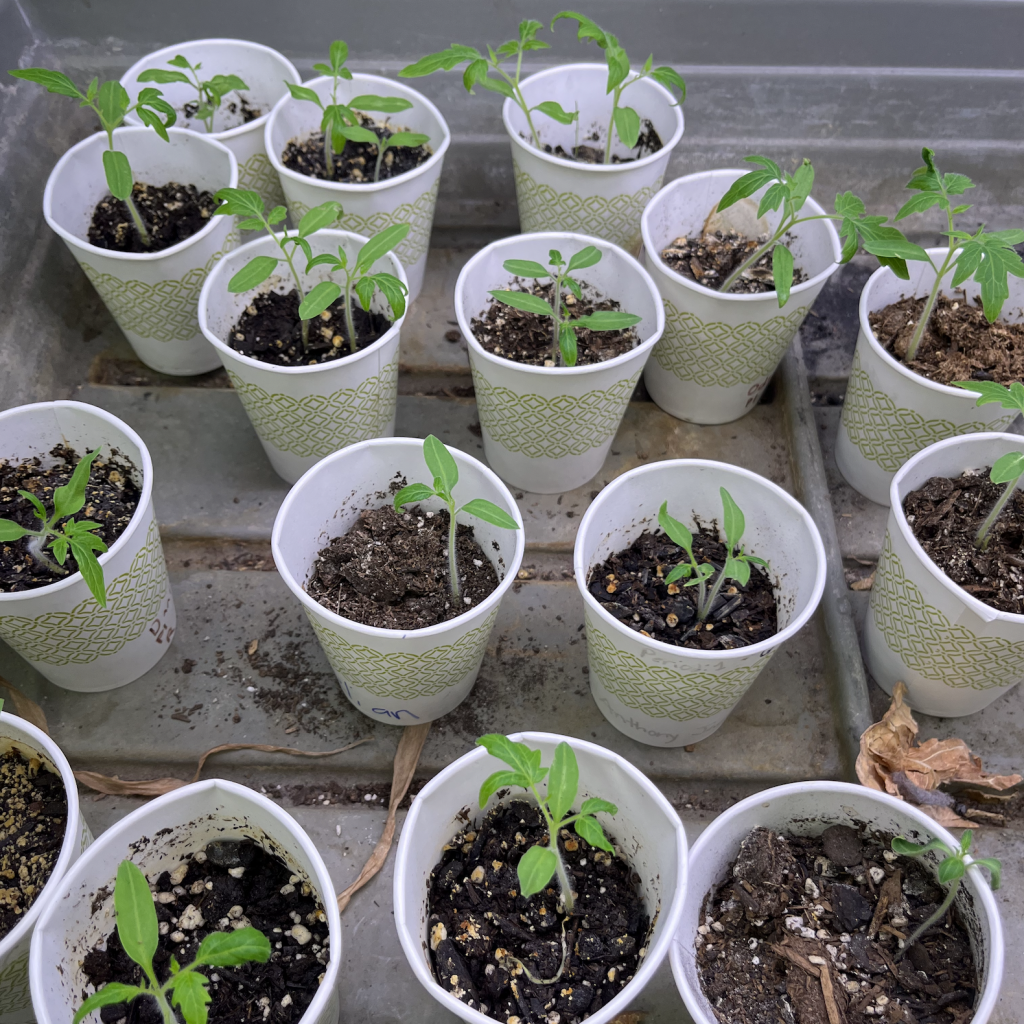
4. Have you heard of Tomatosphere? My students LOVE it! You can order tomato seeds from them twice a year. Half of the seeds they mail you will be Earth seeds, and the other half will be from tomato plants that grew on the international space station (yes, you read that right). Students in your classes make predictions about the impact of zero gravity on the growth of tomato plants, and then get to germinate and grow the seeds. Once they have grown for a month or two you submit your results on the website and they will let you know which seeds were space seeds and which were the control group. I won’t spoil any of the fun, but you should definitely try it!
5. How high can you jump on other planets? Here is an easy activity you can do with students where they calculate how high they can jump on other planets based on the amount of gravity. If you would prefer a digital interactive instead, check out this one.
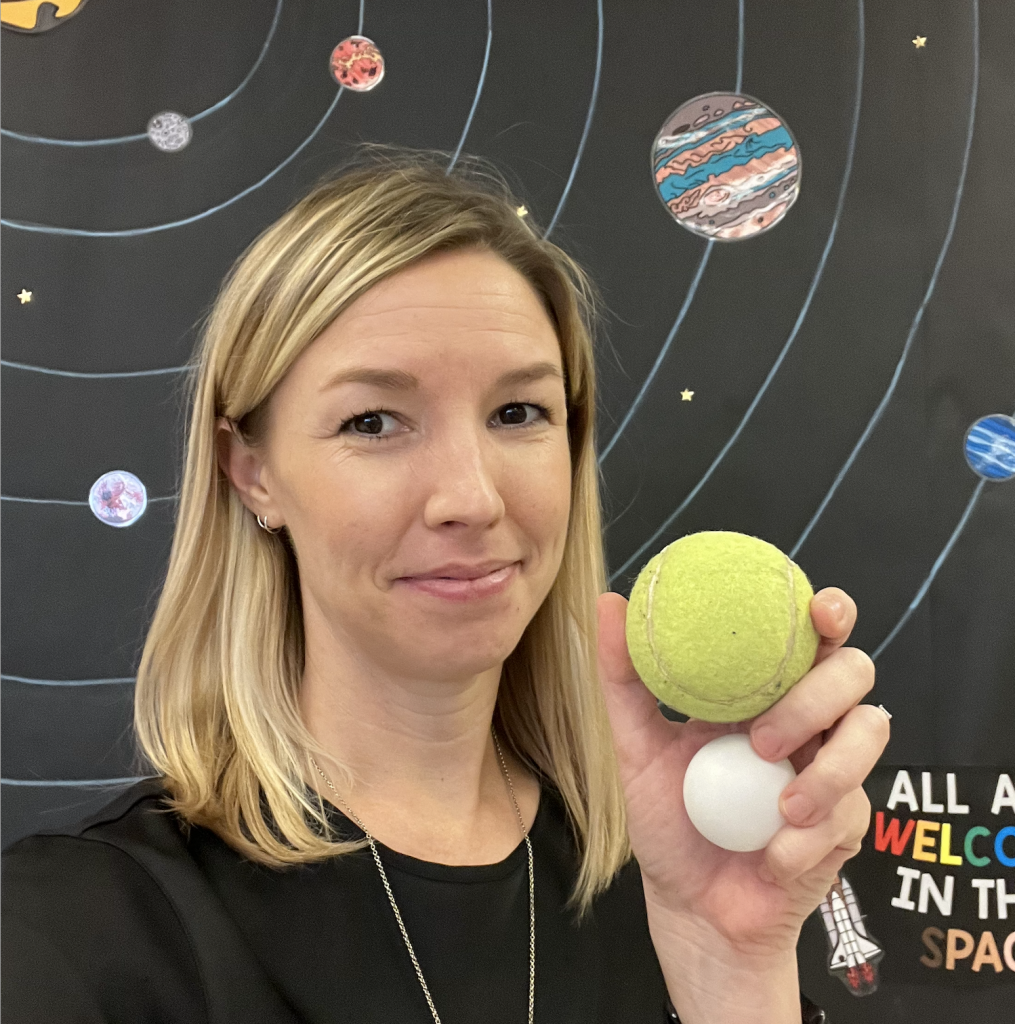
6. This timeless experiment still stumps students of all ages. If you drop a baseball and a ping pong ball at the same time, which will land first? (You can use any balls you want for this demo, but choosing two with very different mass throws them for a loop). I let them play around with it, and then we discuss. (If kids want to be “extra” they can record it using slo-mo on their phone). It’s fun to follow up the class discussion with this video clip from the Apollo 15 mission of Astronaut David Scott dropping a hammer and feather on the moon.
7. Speaking of video clips, it’s time to talk about life on the ISS. What is life like living in zero gravity? Astronaut Chris Hadfield has some pretty fun videos on Youtube that answer things like “how do you sleep in space?” and “what happens to used water on the ISS?” (kids go crazy when they learn urine is recycled into drinking water).
8. Here is an EASY experiment! You only need a cup (paper or styrofoam that you can poke a hole in) and some water. If you fill the cup with water and drop it, does water exit the hole?
I hope you and your students enjoy one or more of these activities!
Rock on,


